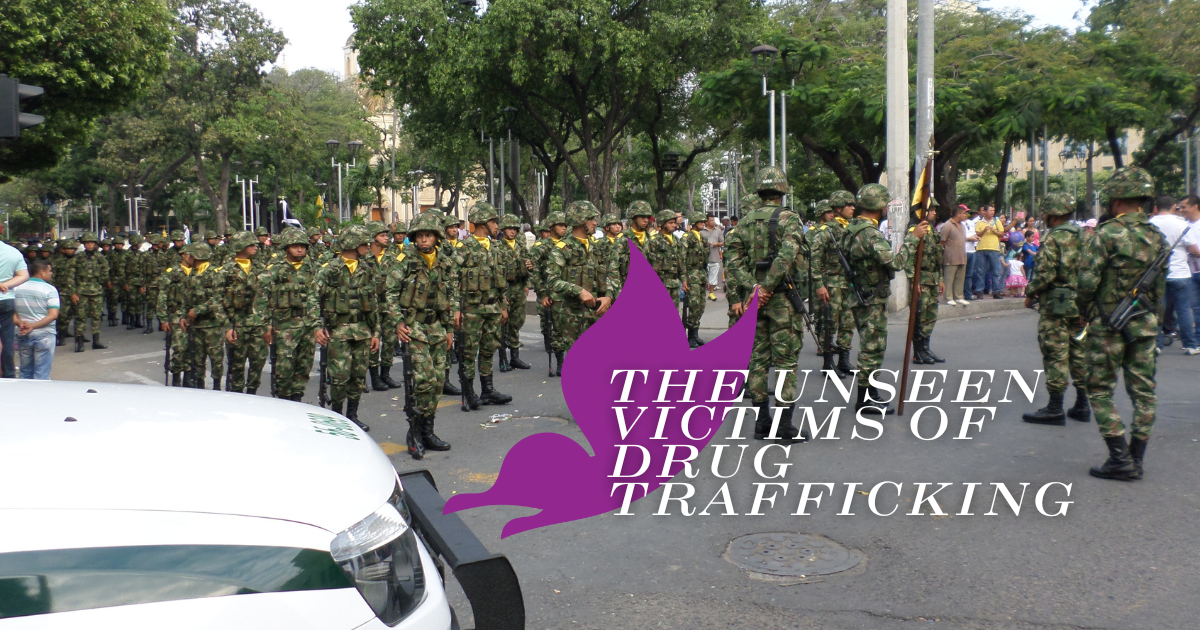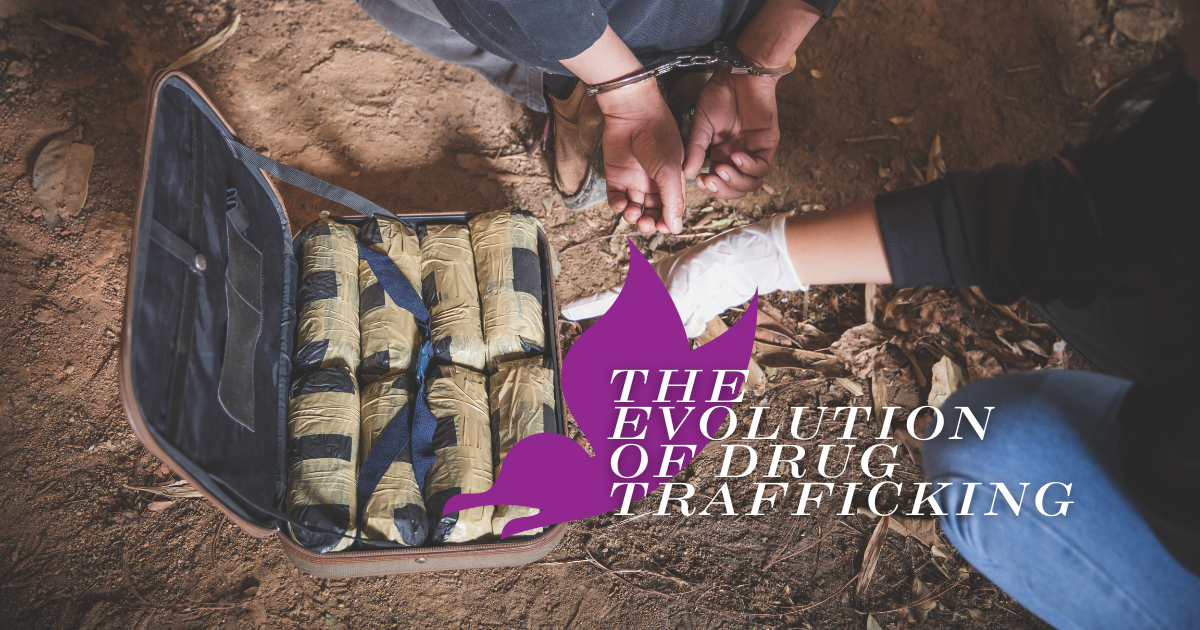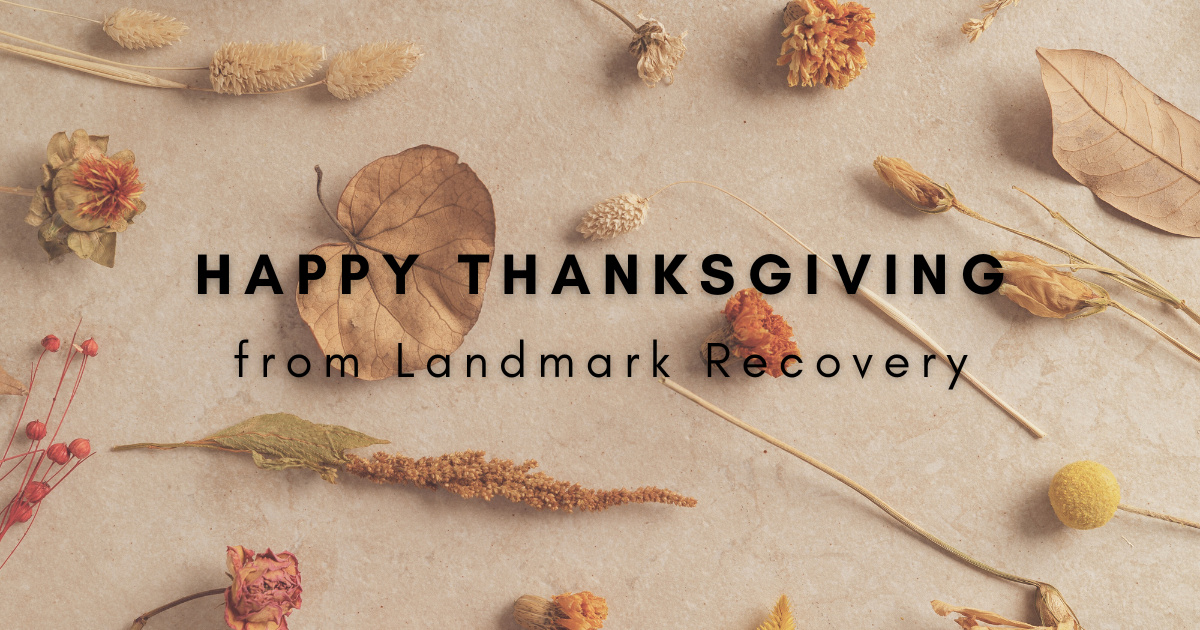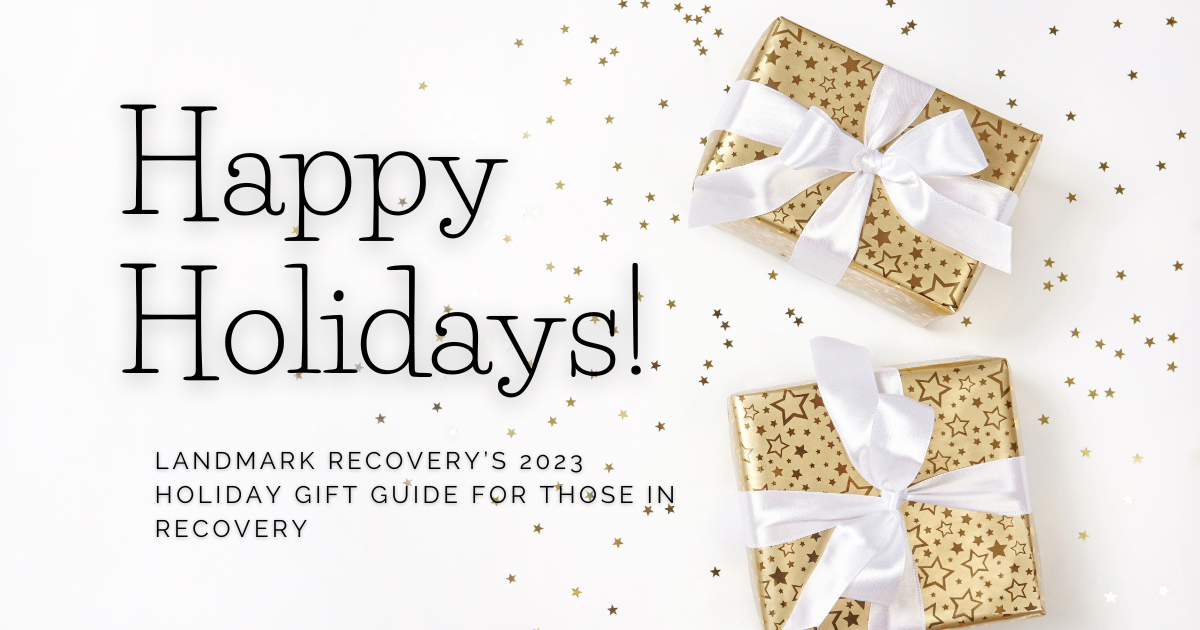Welcome to a special guest post on the Landmark Recovery blog. Today, we have the privilege of featuring Bill Loucks, a distinguished North Carolina senior investigator for Hope For Justice. With his rich background in law enforcement and human trafficking investigations, Bill brings a unique and informed perspective on the complexities of drug trafficking and its broader implications. Let’s delve into his insights.
The Unseen Victims of Drug Trafficking
It is not only addicted individuals or their families who suffer from drug trafficking. Many other overlooked victims exist. Victimization within the drug world can be found in many places, from the production phase in other countries to forced criminality inside the US.
Before discussing the victimization, understand that most of the world’s controlled substances are produced, stored, shipped, and controlled from South or Central America. Drugs in these areas are controlled and managed every step of the way by transnational criminal organizations (TCOs/cartels).
Take cocaine, for instance. The first stage of victimization begins with the coca leaves that cocaleros harvest. Leaves from the coca plant are essential in cocaine production. Cocaleros, poor farmers, are caught between three worlds: their governments, a civil war referred to as the Colombian conflict (literally translated from the official term, “conflicto armado interno de Colombia”), and TCOs.
Read more about the history of the Colombian conflict on the Barcelona Centre for International Affairs (CIDOB)’s website.
The Coca Harvest
The three largest growers of the coca plant are Peru, Bolivia, and Colombia. All three countries are plagued with corruption and poverty. The poverty occurs mostly in the vast, remote areas where large populations of indigenous people live. Because of their remoteness, the majority of these people’s income comes solely from farming the land they live on or around.
Indigenous people in those areas have been processing coca leaves for more than 8,000 years for both religious and rogue medical purposes. However, it was not until the 1860s that people discovered cocaine’s legitimate medicinal properties. In 1884, Sigmund Freud wrote a paper about the medical benefits of cocaine. Shortly after, a close friend of Freud’s developed a cocaine addiction, and Freud ceased advocating for cocaine’s medicinal benefits.
Cocaine use and addiction in the United States exploded in the 70s, leading to the crack cocaine epidemic in the 80s. The extremely high volume of cocaine consumed by the United States increased the demand for coca leaf harvesting.
TCOs, well-armed and funded, control the production and distribution of the coca plantations and fields. They exploit impoverished cocaleros with unfair wages and forced labor. The farmers, barely armed, could not resist the well-armed TCOs and were made to harvest the leaves for long hours, in extreme weather conditions, seven days a week.
If the farmers refused to work these long hours or denied the cartels access to their lands, the cartels killed them. The cartels made it clear that they were in control, and the farmers had no choice but to work, turning the cocaleros into labor trafficking victims.
The Colombian Conflict
Colombia alone has witnessed the fighting in the Colombian conflict for over 60 years between left-wing guerrilla insurgencies, FARC, and the government’s paramilitary groups. Most funding for the insurgencies and FARC comes from controlled substance sales and collaboration with TCOs in certain regions. This conflict is the second stage of victimization.
Most of the left-wing guerrilla insurgencies and FARC operate in the remote mountains and villages where the cocaleros live. The right-wing paramilitary often accuses local cocaleros of being insurgents, a charge that carries severe punishment, including death, often without any judicial process. This civil war between insurgents and governments in those countries has resulted in more than 200,000 deaths.
Transporting Controlled Substances and Human Migration to the USA
The third stage of victimization comes from transporting drugs into the US. TCOs control the flow of drugs and human trafficking victims into the US. Often, when individuals from Mexico, Guatemala, El Salvador, Honduras, Nicaragua, Panama, Colombia, etc., want to come to the US, they contact TCOs. More specifically, these are branches or sections within the TCOs tasked with moving people into the US via established routes.
In the US, we refer to these groups as alien smuggling organizations (ASOs). The TCOs have divisions within their organizations that manage logistics and payments for moving people into the US, regardless of their origin.
If someone wants to come to the US and cannot afford the journey, the TCOs “finance” their journey. The TCOs visit the person’s village or home area, identify their family for collateral, and set a price for the journey. This agreement obliges the person to work for the TCOs or “someone” in the US to repay their trip. They receive a wristband to wear during their entire movement.
Along the routes, the cartels raise fees or change destination locations. If someone refuses, the cartels kill the family member identified as collateral. The TCOs ensure compliance through force, fear, and intimidation by showing pictures and videos of the murder. If the TCOs do not kill the family member, they torture and kill the person in front of others traveling the same route, creating debt bondage, a form of human trafficking. There is no escape, as they are often moved from stash house to stash house, through deserts and mountain passes, across different countries.
Before crossing the border, the TCOs remove the wristbands, which indicate potential stash house locations, end destinations, money owed, and next steps in the US.
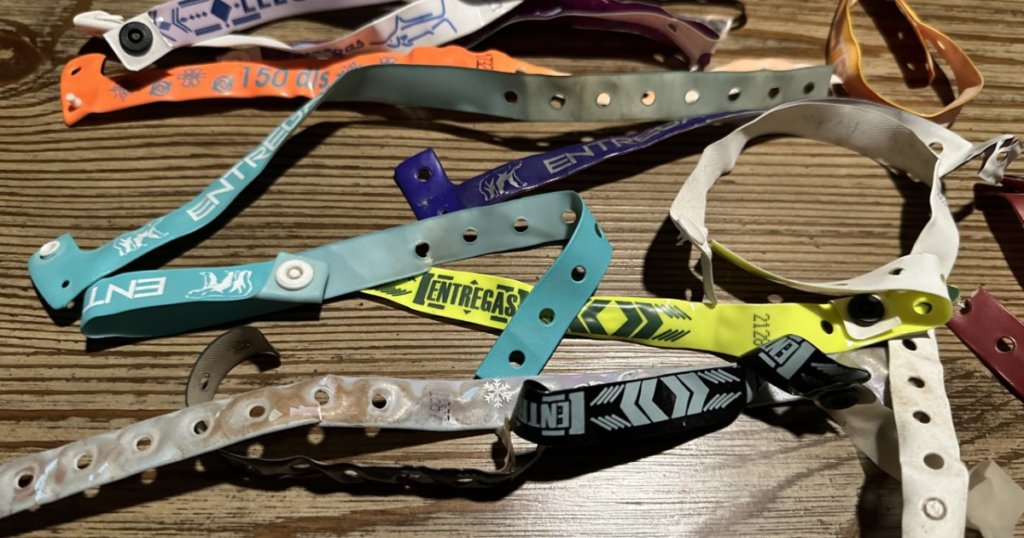
Wristbands found with migrants
Working Off Their Debts
To work off the debts, many are pushed into forced criminality, moving drugs for the TCOs to reduce their risk of being caught. In my policing career, I often observed this pattern. We would watch a high-end TCO-affiliated target, and inevitably, a vehicle would be stopped down the road, containing large quantities of drugs.
Drivers often claimed ignorance about the drugs, stating they were merely told to drive. During post-arrest interviews, I learned these suspects had come into the US via someone else and owed a debt for their journey. This realization led me to understand that these individuals were likely not suspects but victims, forced into criminal acts because of debt bondage with the TCOs. This forced criminality and victimization that began on the other side of the border was also something that took place here in the US.
Get Help with Landmark Recovery
Bill Loucks’ perspective illuminates the complex and far-reaching consequences of drug trafficking. His experiences remind us of the broader societal impacts of this global issue, reaching far beyond the sphere of individual recovery. At Landmark Recovery, we are dedicated to addressing the underlying factors of substance abuse and offering support in recovery. For more information or assistance, please contact us at 888-448-0302.
We extend our heartfelt thanks to Bill for sharing his valuable insights and for his commitment to fighting these critical issues.

